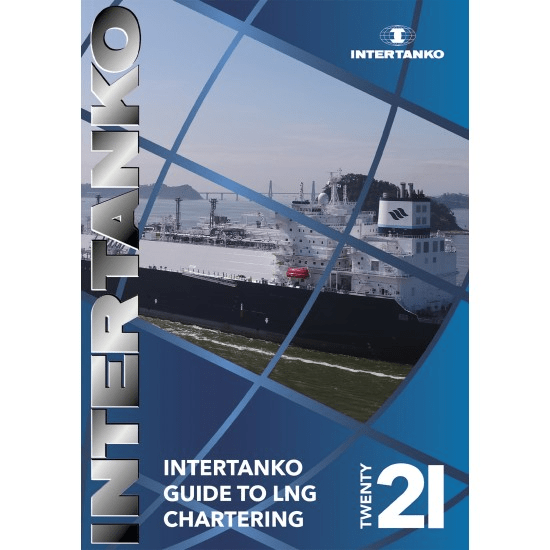Overview
This Guide has been developed to provide readers with an overview of the commercial and legal aspects of the carriage of liquefied natural gas (LNG) by sea. Vessel inspections and LNG STS operations are covered in the context of relevant contractual clauses. The book assumes an understanding of oil tanker principles and charterparty terms, but lays out the intricacies of gas chartering to those seeking a deeper understanding of the subject.
This Guide provides practical assistance to commercial teams in the growing LNG shipping markets, at a time when the LNG industry is moving substantially away from its traditional structures and contract matrices. The book deals only with international seaborne carriage of LNG on large vessels. It does not cover small scale LNG or coastal/cabotage movement, nor does it cover floating storage and regasification unit (FSRU) or floating LNG production (FLNG) contracts. It is appended with charterparty clauses from ShellLNGTime 1, ShellLNGTime 2 and LNGVOY.
Content
Foreword
Chapter 1. Introduction to Liquefied Natural Gas
Chapter 2. Vessel Description
Chapter 3. Time charter delivery – Tank condition on arrival
Chapter 4. LNG Heel
Chapter 5. Boil-Off Performance
Chapter 6. Speed Performance
Chapter 7. Consumption Performance
Chapter 8. Bunkers
Chapter 9. Compatibility
Chapter 10. Inspections
Chapter 11. Cargo Handling
Chapter 12. Off-Hire
Chapter 13. Ship-to-ship transfers
Chapter 14. Liability for loss of cargo
Appendices
ShellLNGTime 1
ShellLNGTime 2
LNGVOY
About the authors/acknowledgements
Introduction
This Guide has been developed to provide members, and a wider audience, with an overview of the commercial and legal aspects of the carriage of liquefied natural gas (LNG) by sea. It is not intended to discuss the technical aspects of LNG production or regasification and distribution, nor examine in any detail the engineering aspects of LNG carriers. Such topics are already well handled by the various industry bodies responsible for establishing and improving standards in those fields. What it does is provide practical assistance to commercial teams in the growing LNG shipping markets, at a time when the LNG industry is changing. This change has created the need, as is becoming increasingly necessary, for commercial operators of LNG carriers to understand the contractual issues and financial consequences of the vessels separately to the overall outcome of a large LNG project, or portfolio of LNG contracts.
There are two structural principles under which this Guide has been written:
1. It deals only with international seaborne carriage of LNG on large (effectively, greater than 100,000 cbm) vessels. It is not intended to cover small scale LNG or coastal/cabotage movements, for example those small parcels carried in semi-refrigerated or Type C tanks, nor does it cover floating storage and regasification unit (FSRU) or floating LNG production (FLNG) contracts.
2. It is assumed that the reader already has a reasonable understanding of general shipping (especially oil tanker) principles and charterparty terms, otherwise this volume would become impossibly long, and the LNG specific detail would be lost within it.
Details
Title: INTERTANKO Guide to LNG Chartering
Edition: First
Number of Pages: 304
Product Code: IT103743
Published Date: January 2021
Weight: 1.60 kg
Author: INTERTANKO








